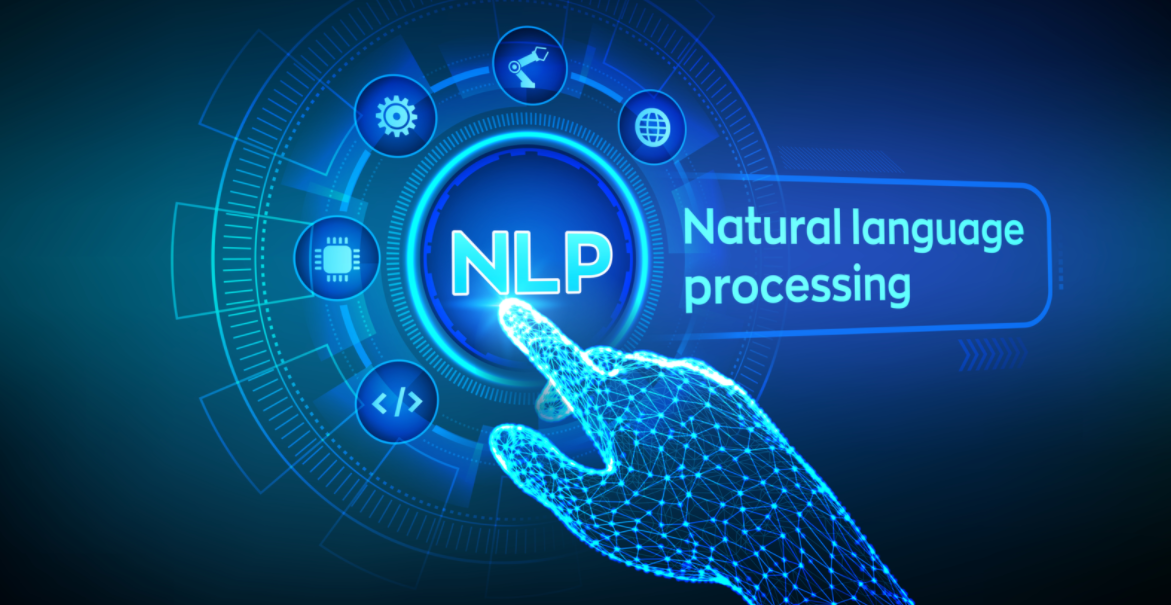The ability for a machine to understand human speech, its context, body language, intonation, and more makes natural language processing, such an incredible feat and one that has huge potential to impact so much in our modern existence.
Today, there is a wide range of applications enabled by natural language processing. Most of us are familiar with Google Home and Amazon Echo that helps us interacting with computers using Natural Language Processing.
Also Read: What is NLP and How it is shaping our Enterprises?
Here we are mentioning 5 amazing Working Natural Language Processing examples, That is making a wonderful impact on the world:
1. Livox app
Natural language processing helps the Livox app be a communication device for people with disabilities. Carlos Pereira from Brazil has developed an app In order to communicate with his non-verbal daughter who has cerebral palsy. Livox, help people with disabilities communicate more easily.
Livox app uses special algorithms to interpret motor, cognitive, and visual disorders. It will also predict and understand what the person with a disability wants or needs!
The longer a person uses Livox, the more the app will understand and connect with the person.
For developing this app, Pereira spent time with more than 100 disabled people at rehabilitation centers across Brazil.
Today, Livox has more than 20,000 users and is available in 25 languages. People with Down’s syndrome, autism, cerebral palsy, or multiple sclerosis are users of this app.
2. SignAll
Another tool enabled by natural language processing is SignAll that converts sign language into text. This can help individuals who are deaf communicate with those who don’t know sign language.
SignAll has developed technology leveraging AI and computer vision that is able to recognize and translate sign language. Using advanced natural language processing and machine translation methodologies, visual input from the external world is converted into meaningful data for effective sign language recognition and translation.
It can be used in both business and education.
3. Google Translate
Machine translation is a huge application for NLP that allows us to overcome barriers to communicating with individuals from around the world as well as understand tech manuals and catalogs written in a foreign language.
Translate can help people help each other, often in the most difficult of times. It helps travelers and refugees to break barriers of communication in foreign countries.
The most common translations are between English and Spanish, Arabic, Russian, Portuguese and Indonesian. Google Translate is used by 500 million people every day to understand more than 100 world languages.
4. Aircraft Maintainance
Natural language processing technology is even being applied for aircraft maintenance. Not only could it help mechanics synthesize information from enormous aircraft manuals it can also find meaning in the descriptions of problems reported verbally or handwritten by pilots and other humans.
Using natural language processing helps to classify the actual complaint descriptions and actions being taken in order to determine if a certain complaint is reoccurring.
In addition, by using metadata such as AMM references, component descriptions, part numbers, and serial numbers the system is able to automatically link the potential recurring defect to the exact component installed and its position on the aircraft.
5. Predictive policing
While the issue is complex, there’s even work being done to have natural language processing assist with predictive police work to specifically identify the motive in crimes.
Predictive policing uses computer systems to analyze large sets of data, including risk factors such as past arrests or victimization patterns, preexisting crime data, to help decide where to deploy police or to identify individuals who are purportedly more likely to commit or be a victim of a crime.
As industry leaders in AI continue to experiment and develop enhancements to natural language processing such as Amazon’s Alexa division using a neural network to transfer learning, we can expect that Natural Language will play an even bigger role in shaping our businesses in the very near future.

